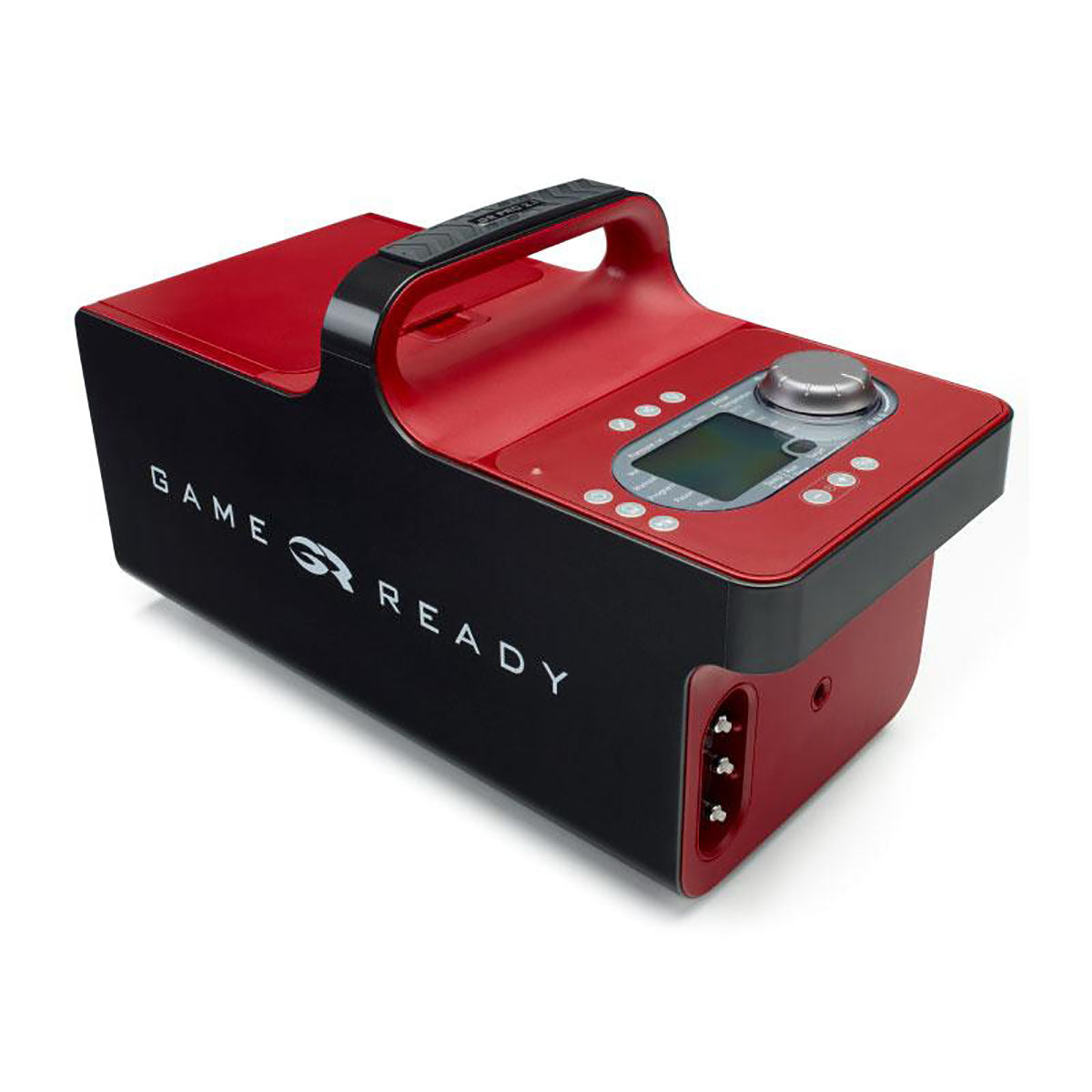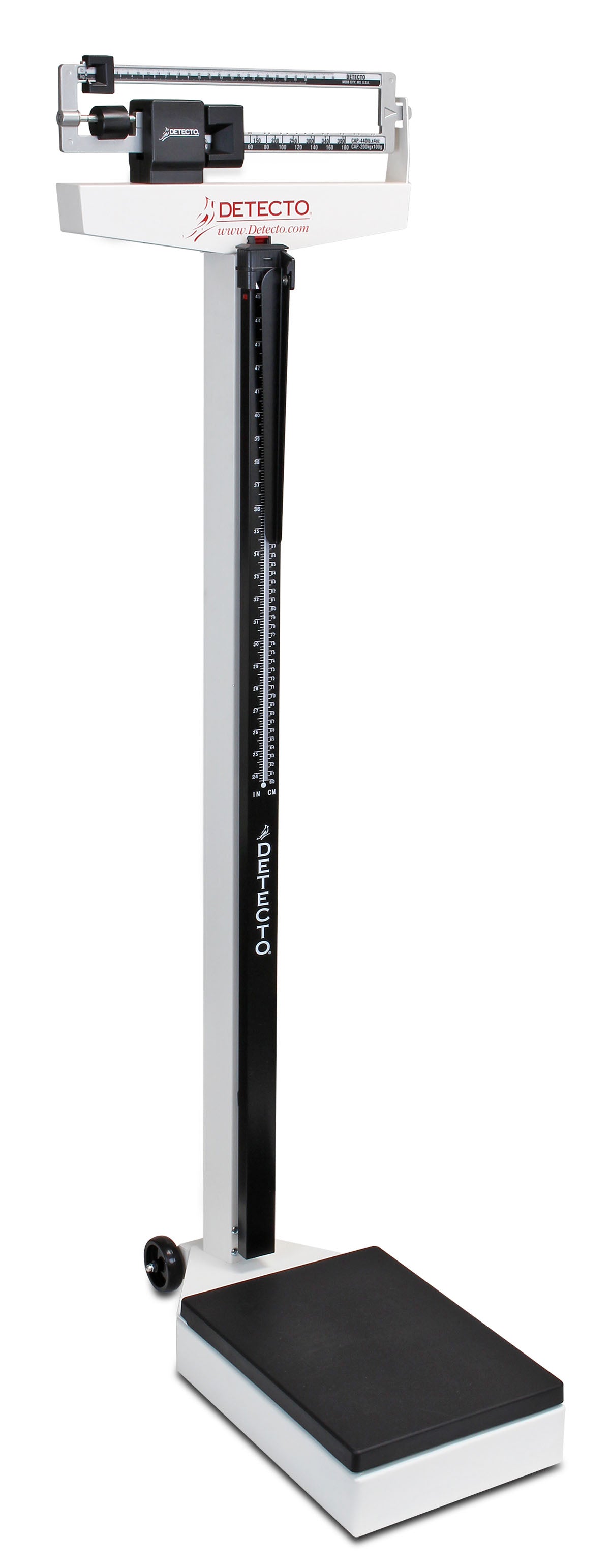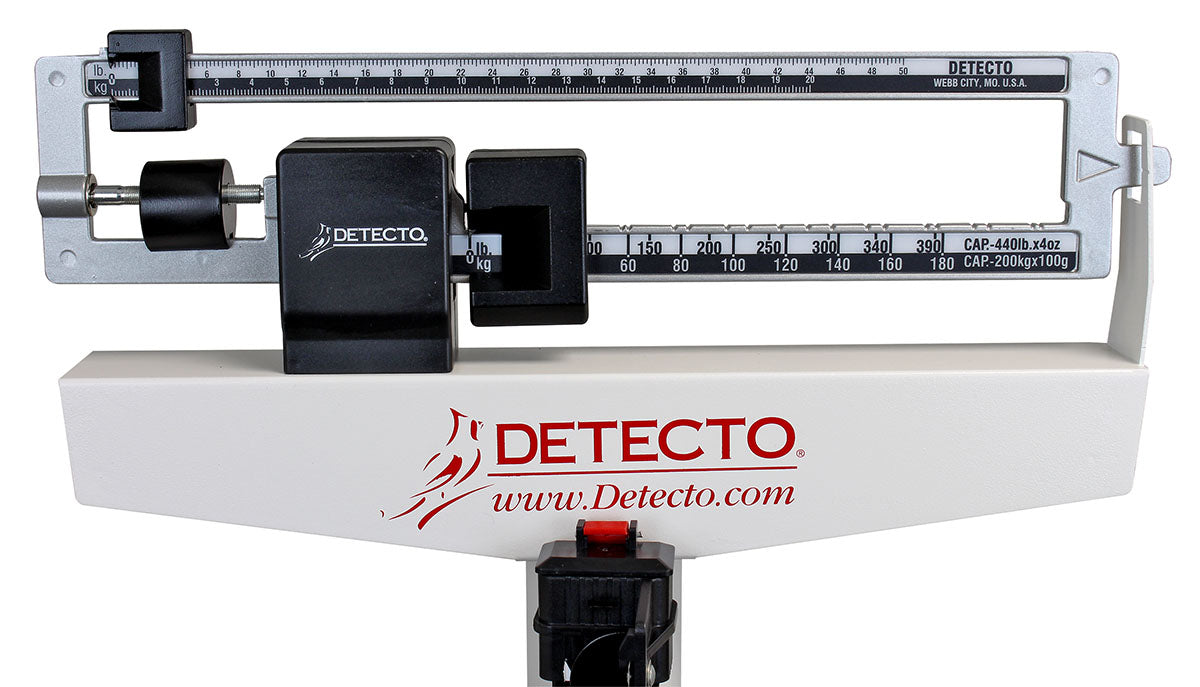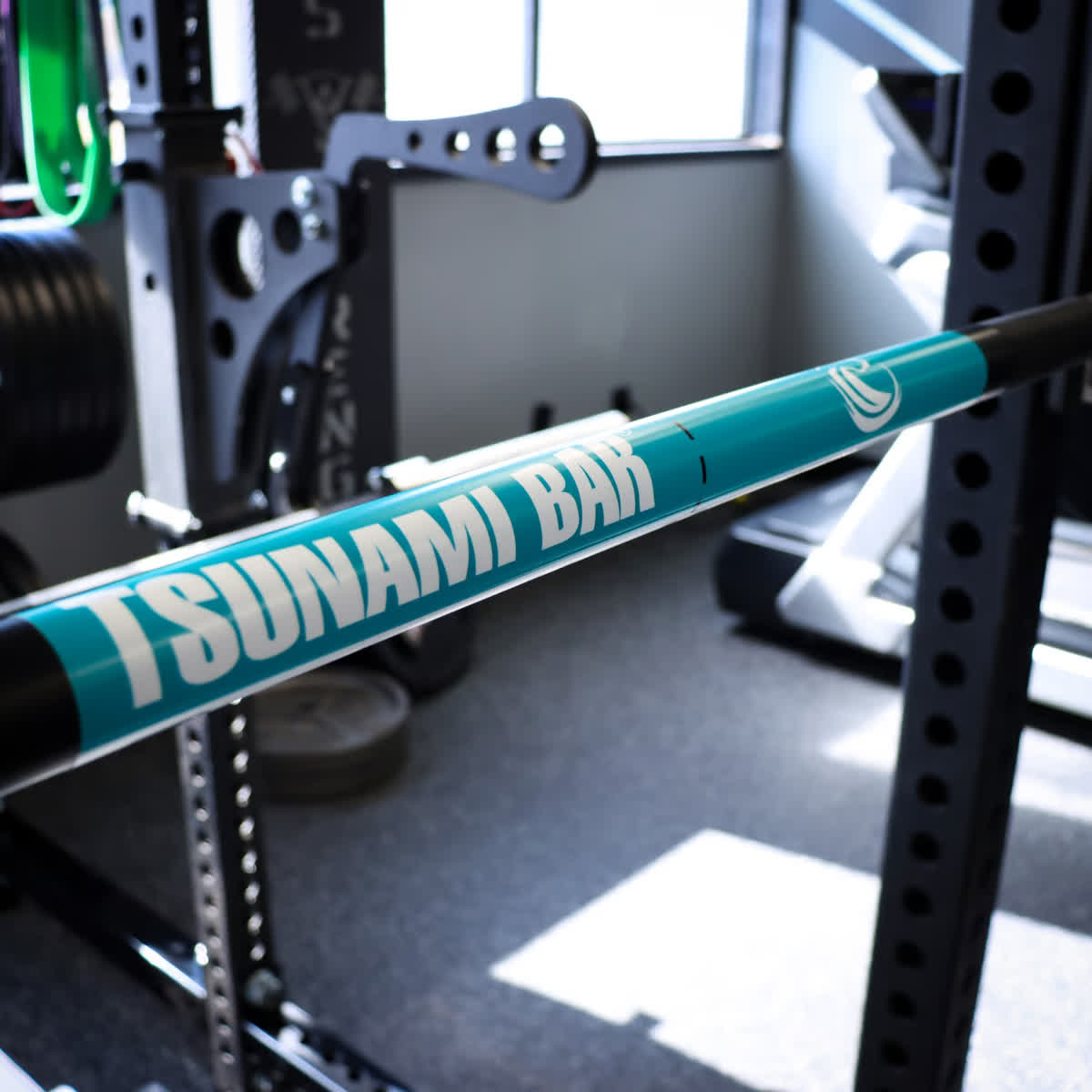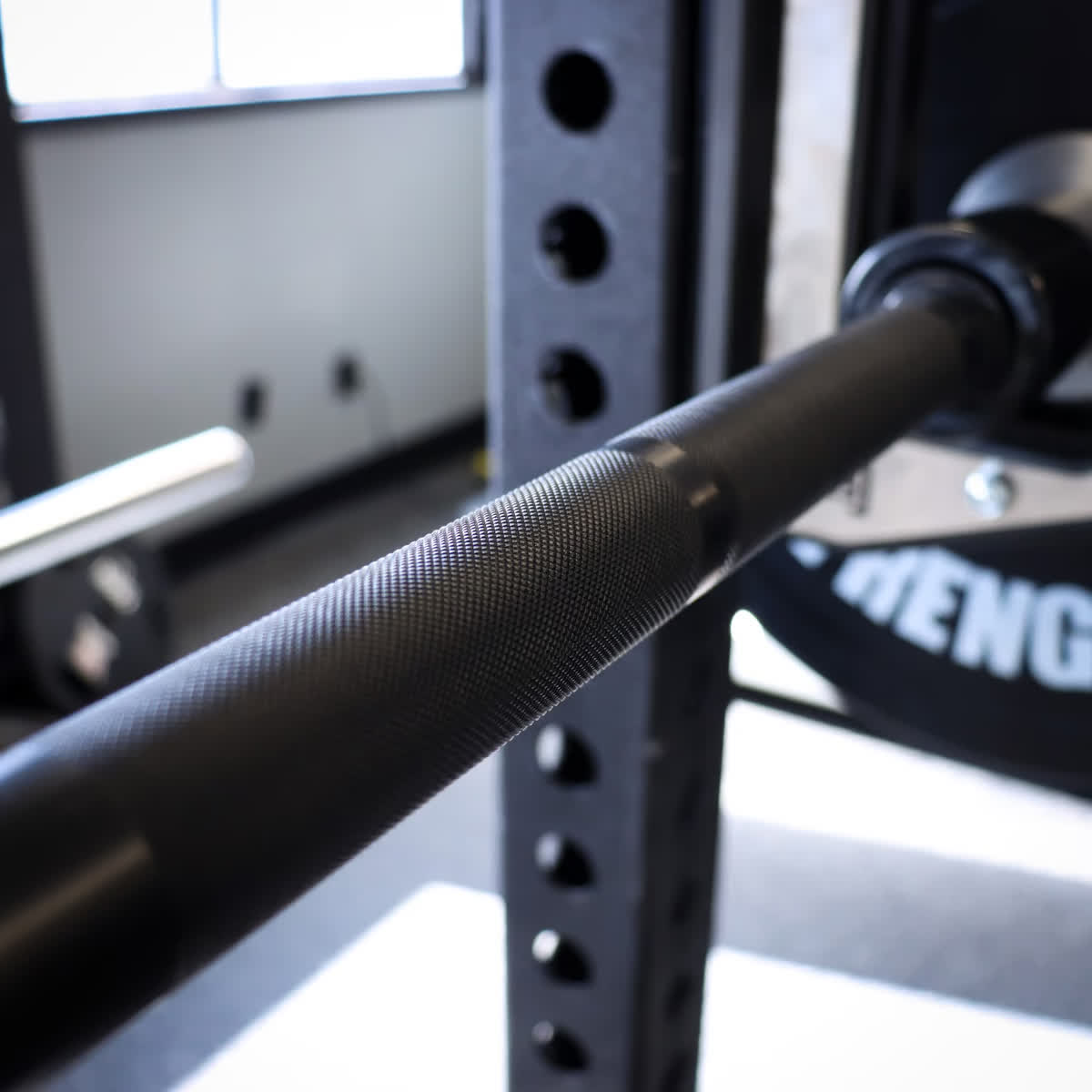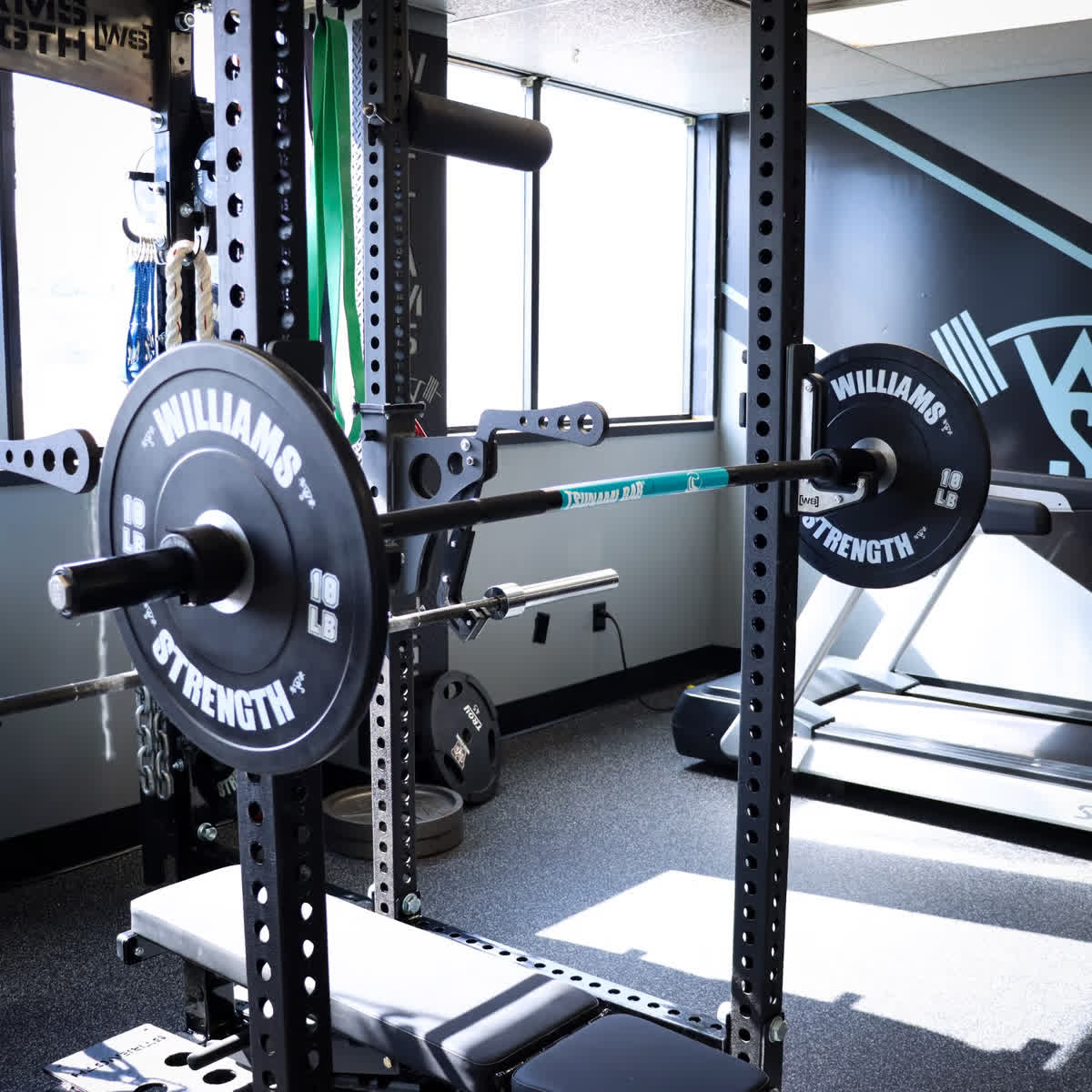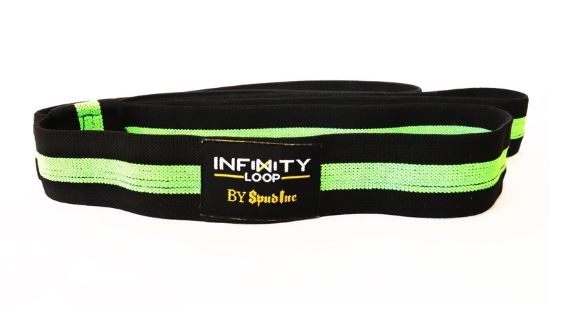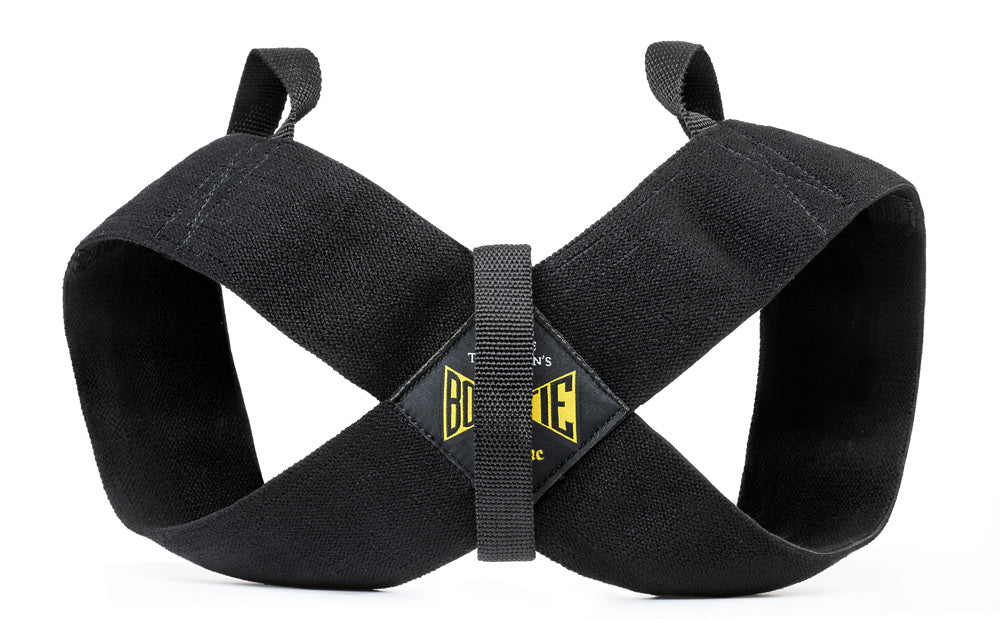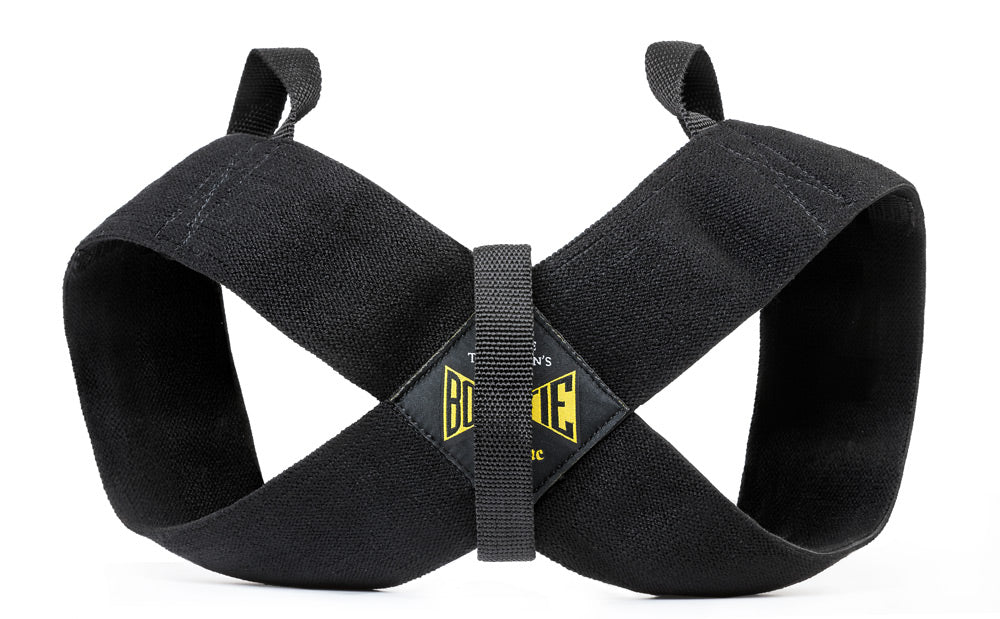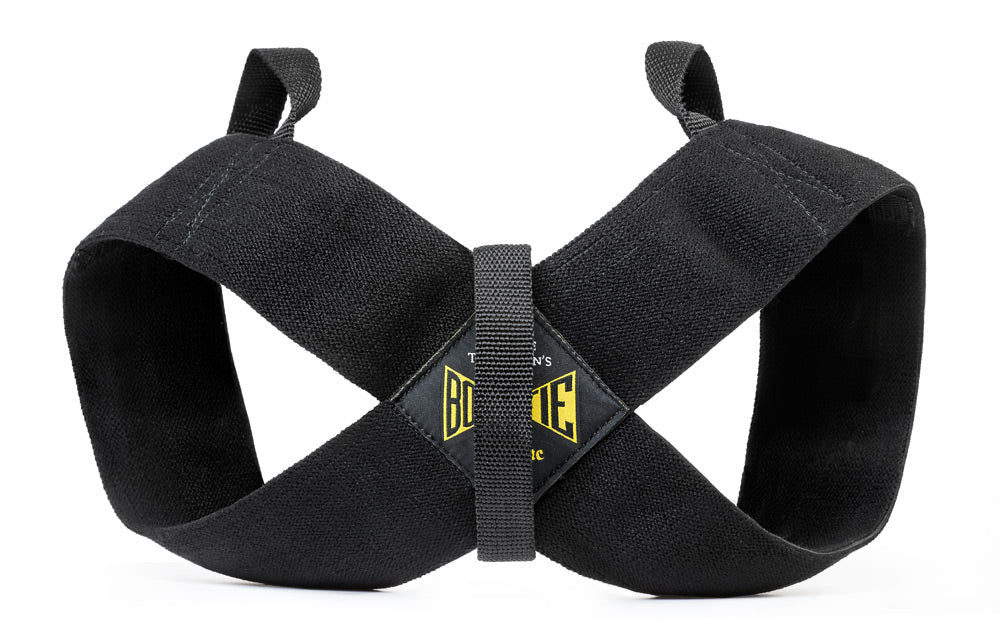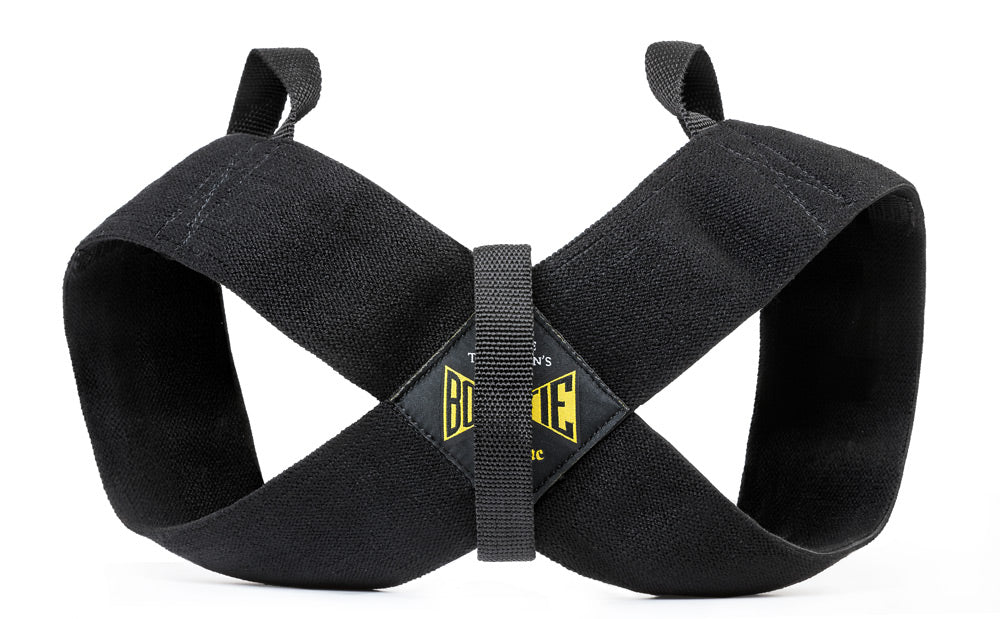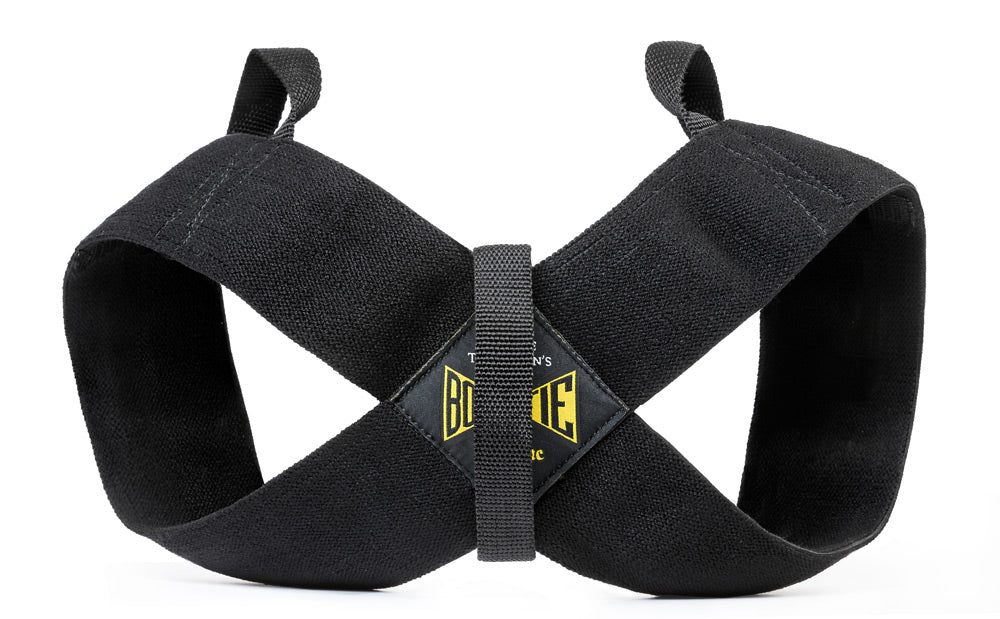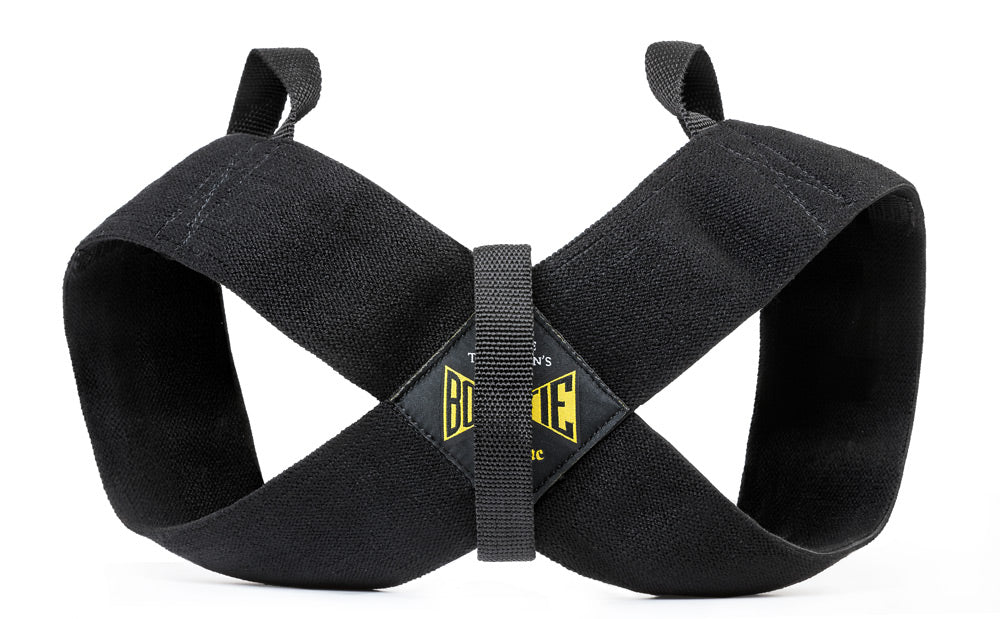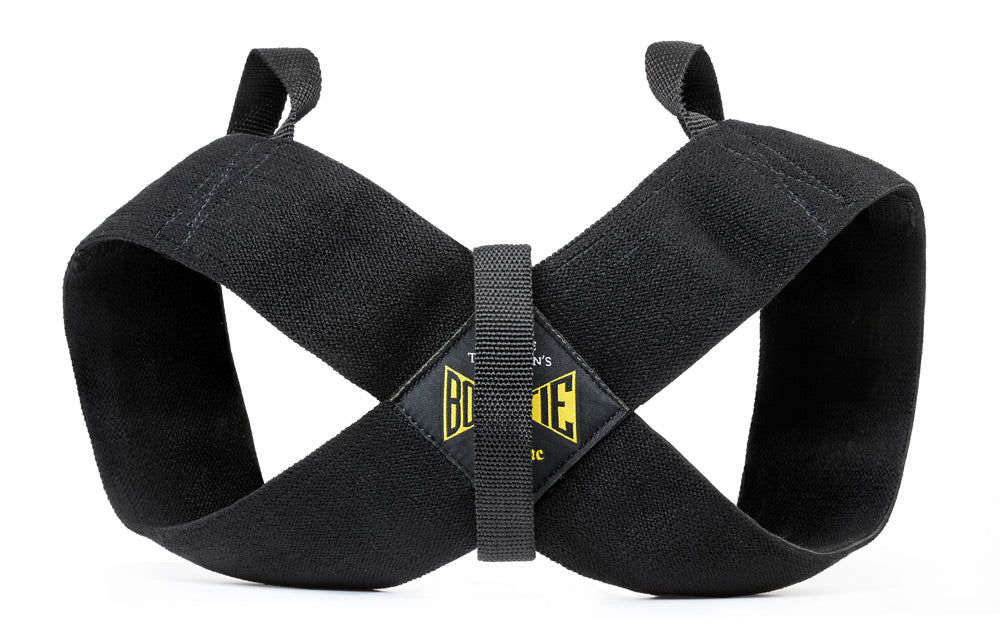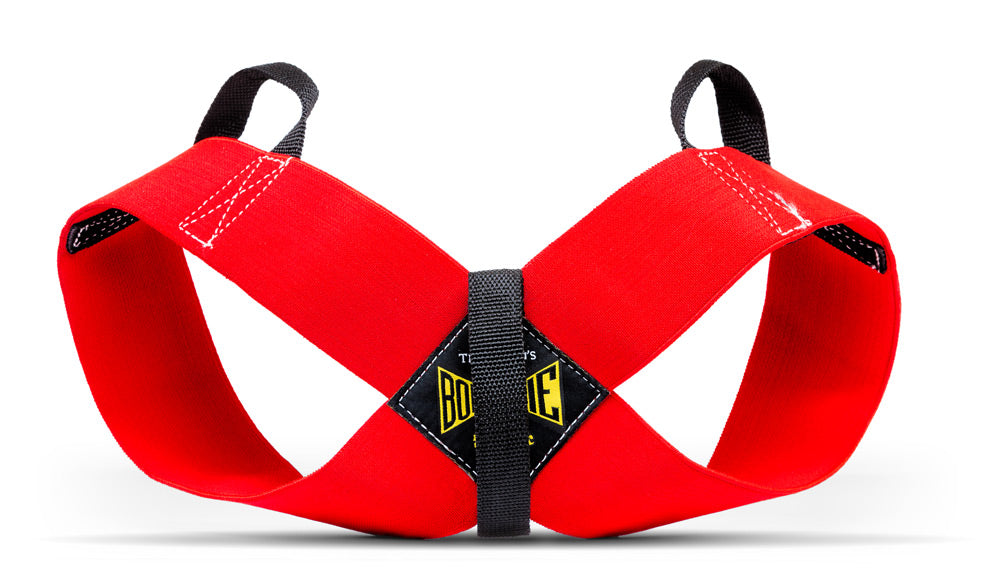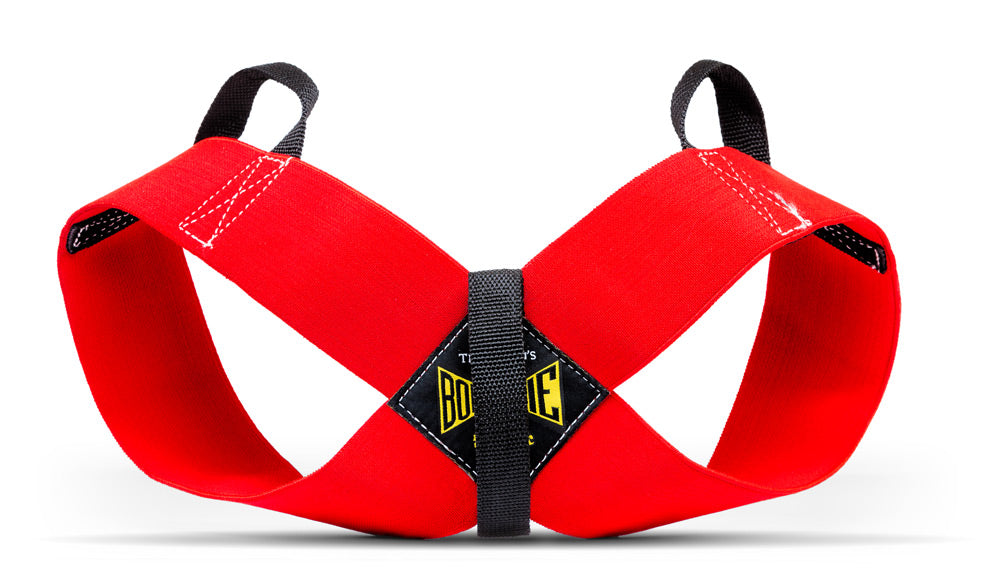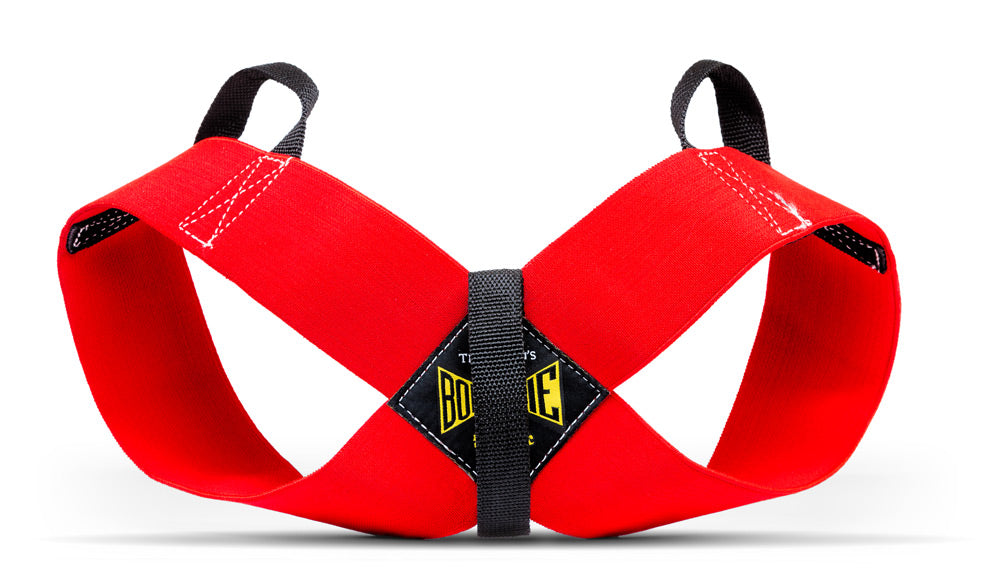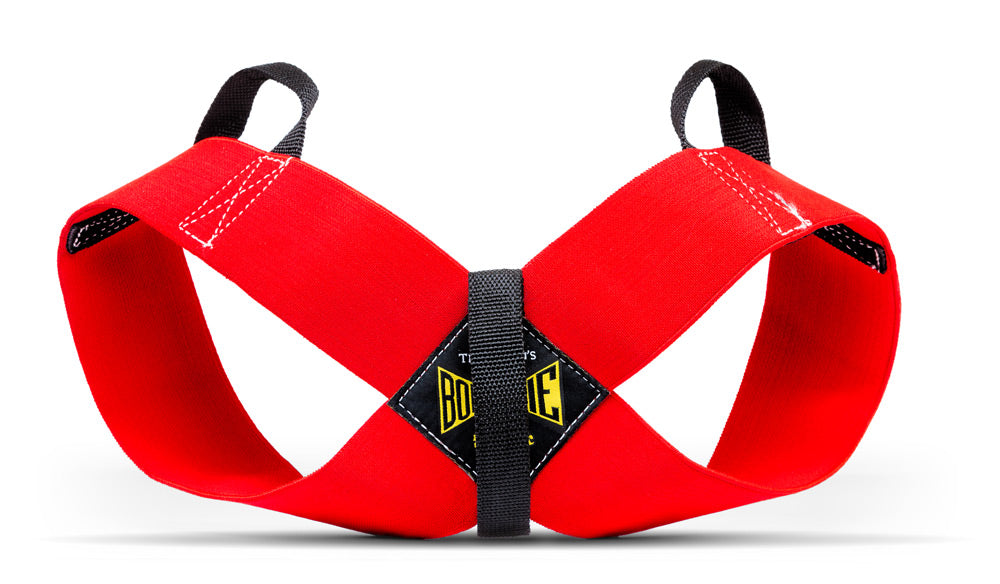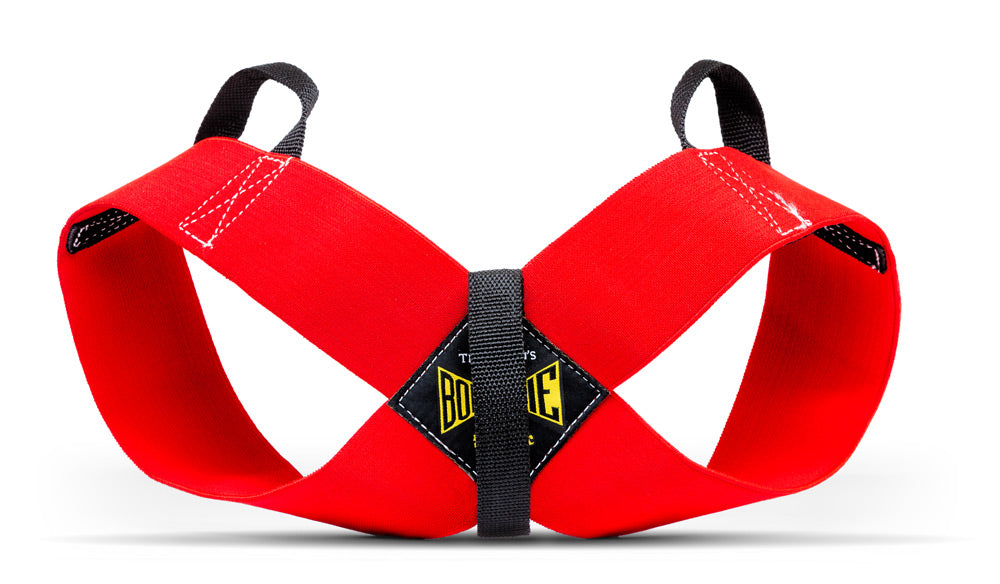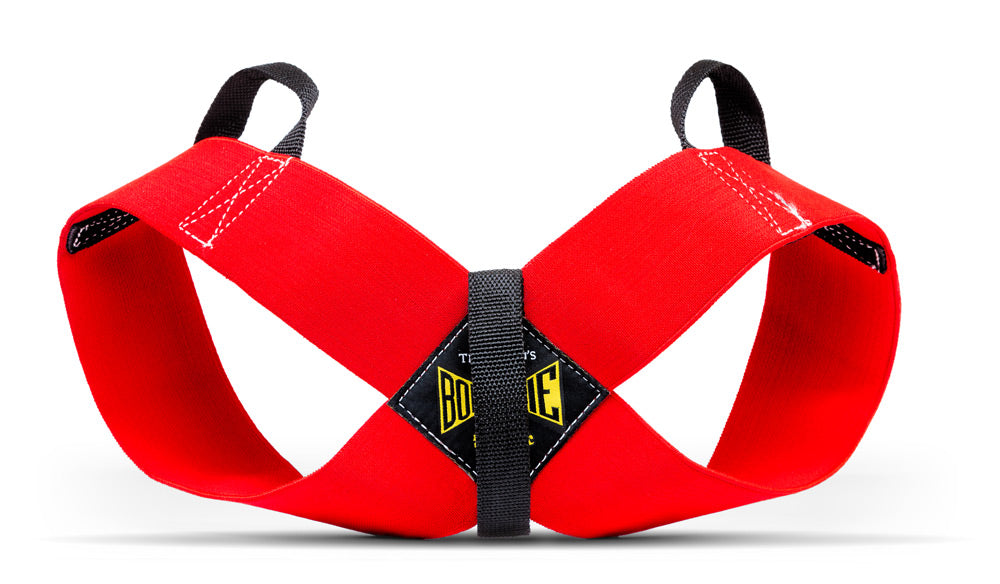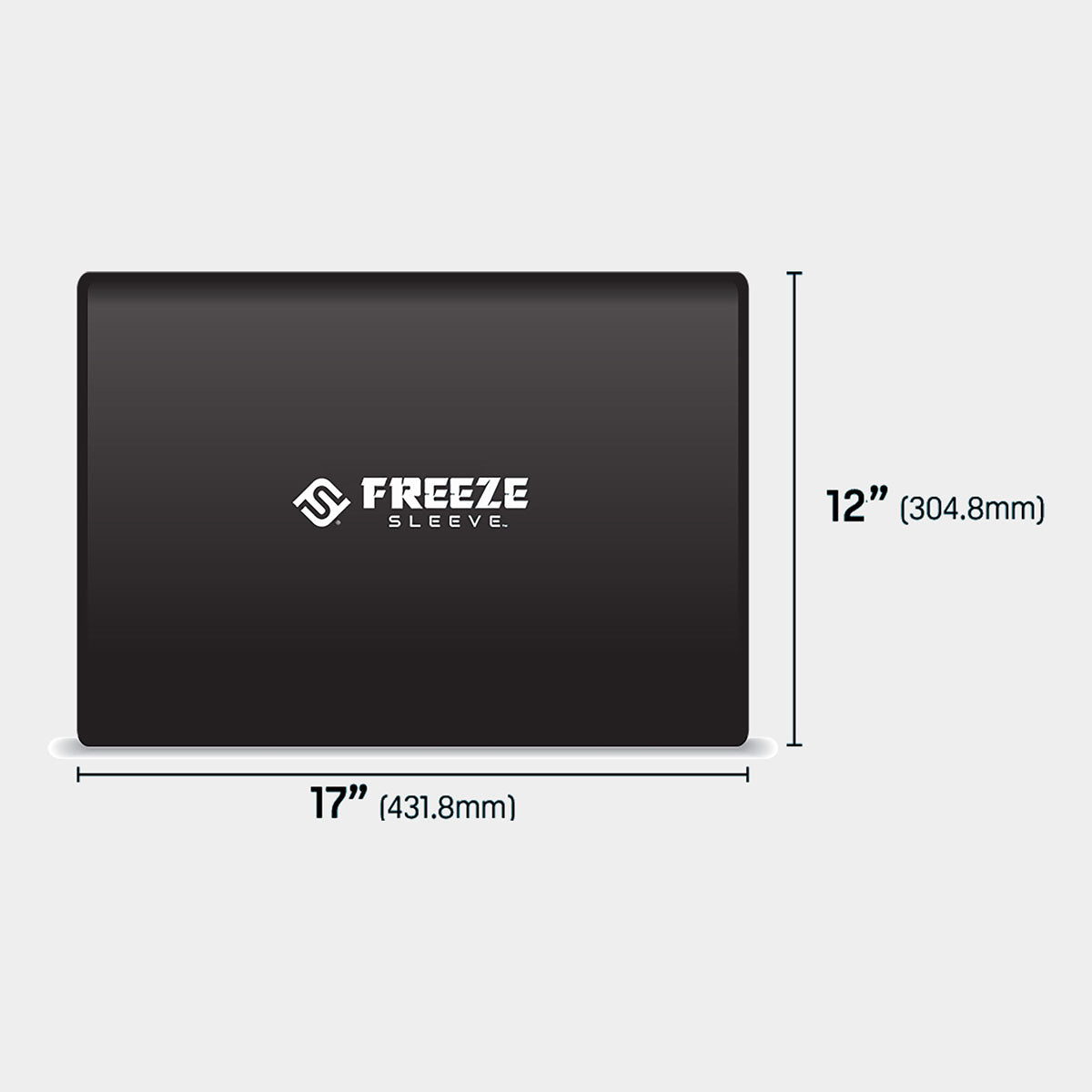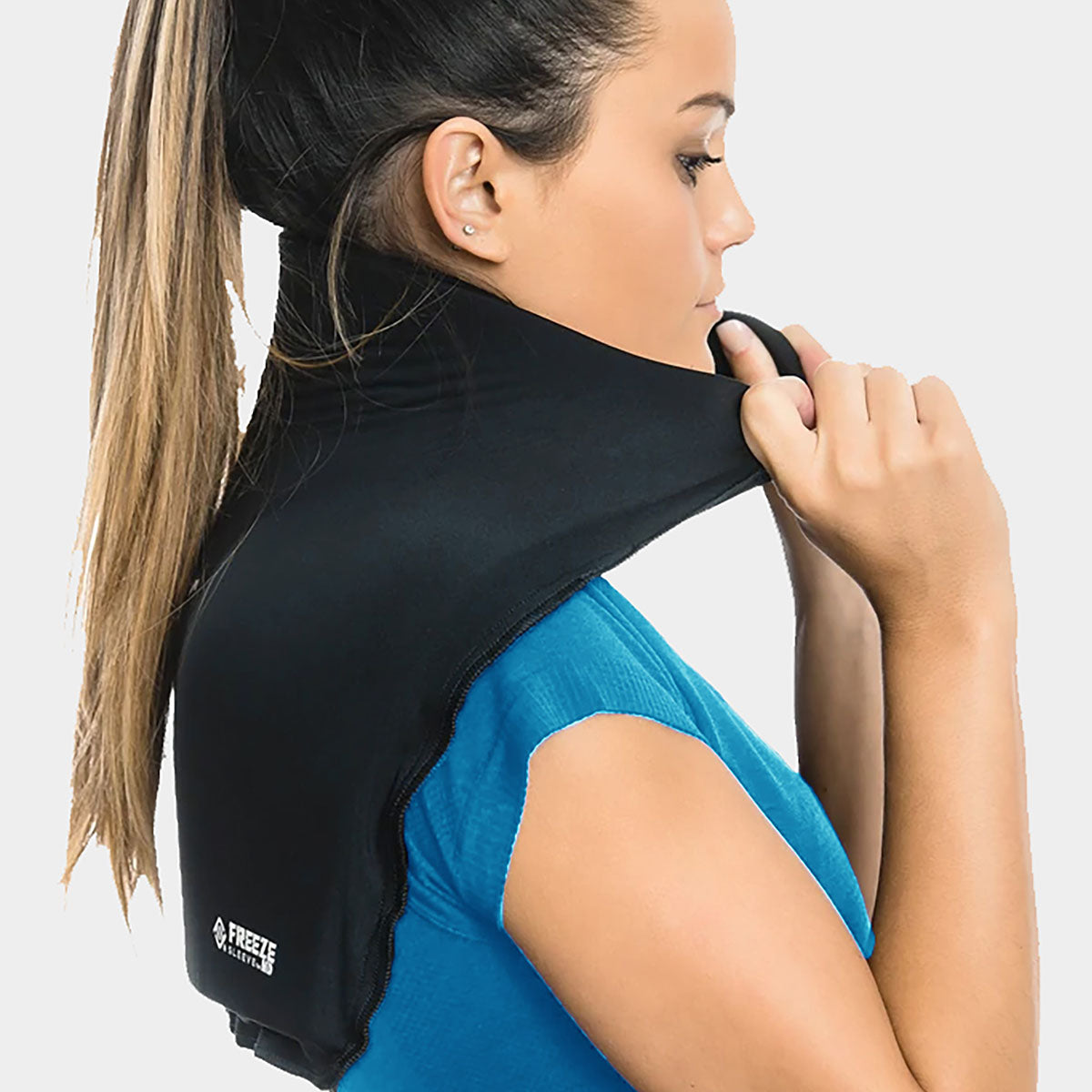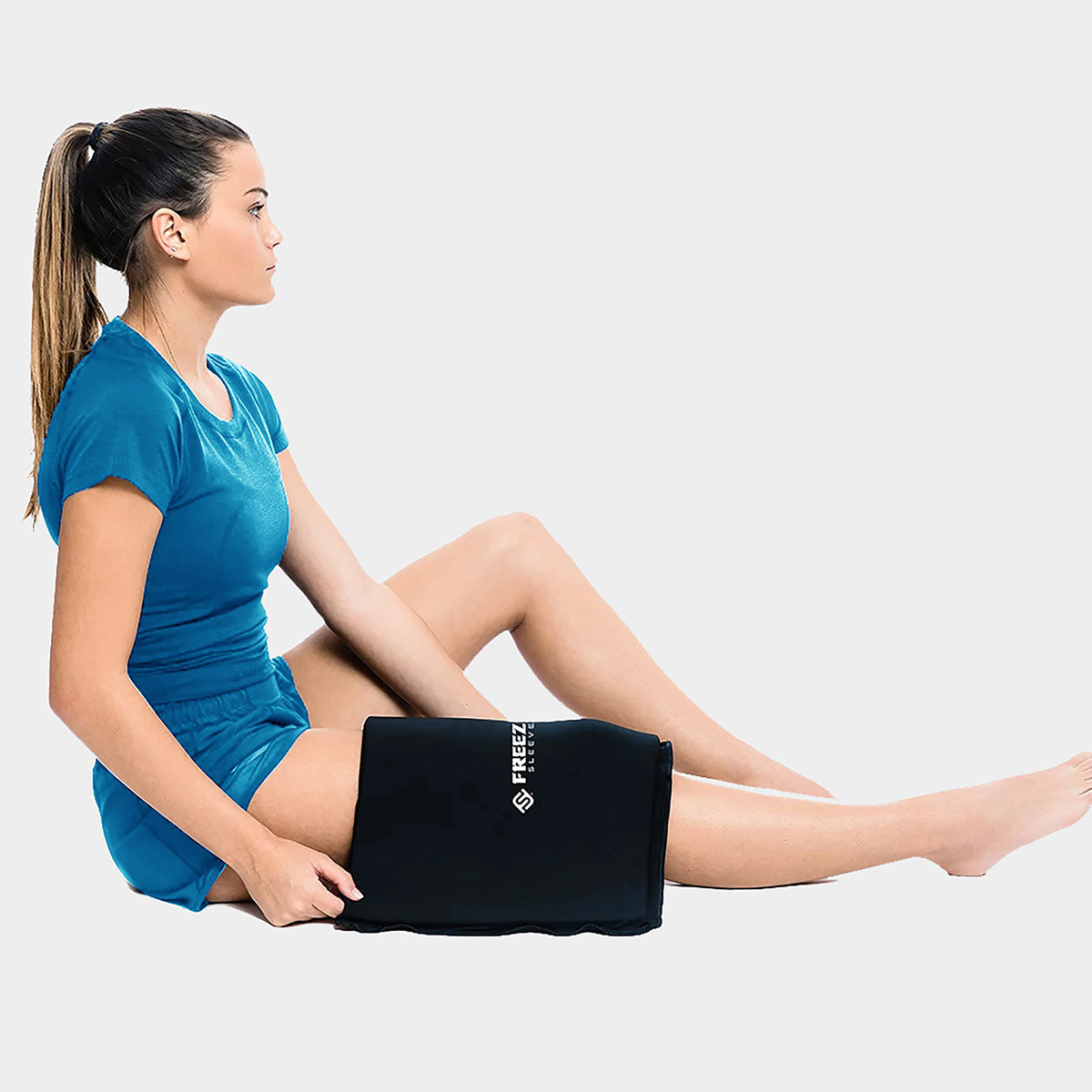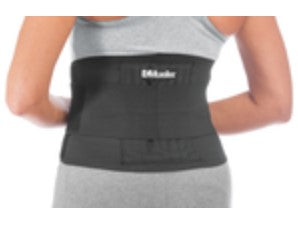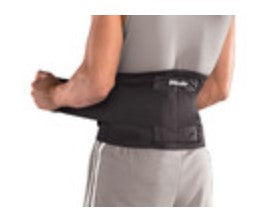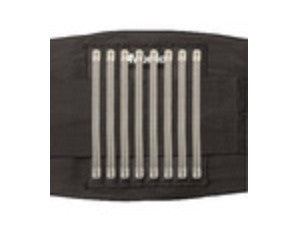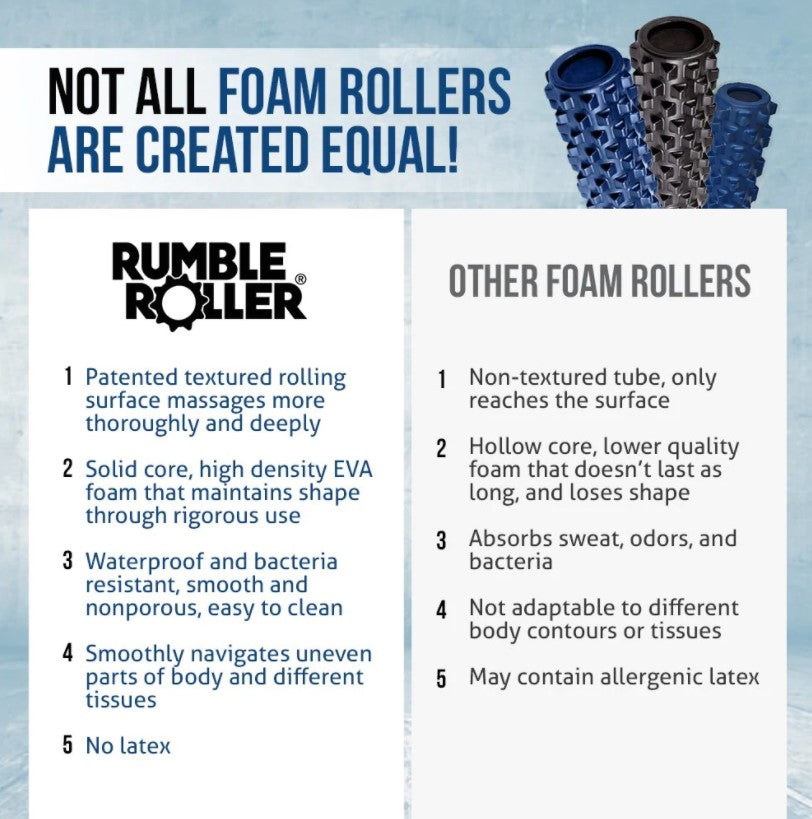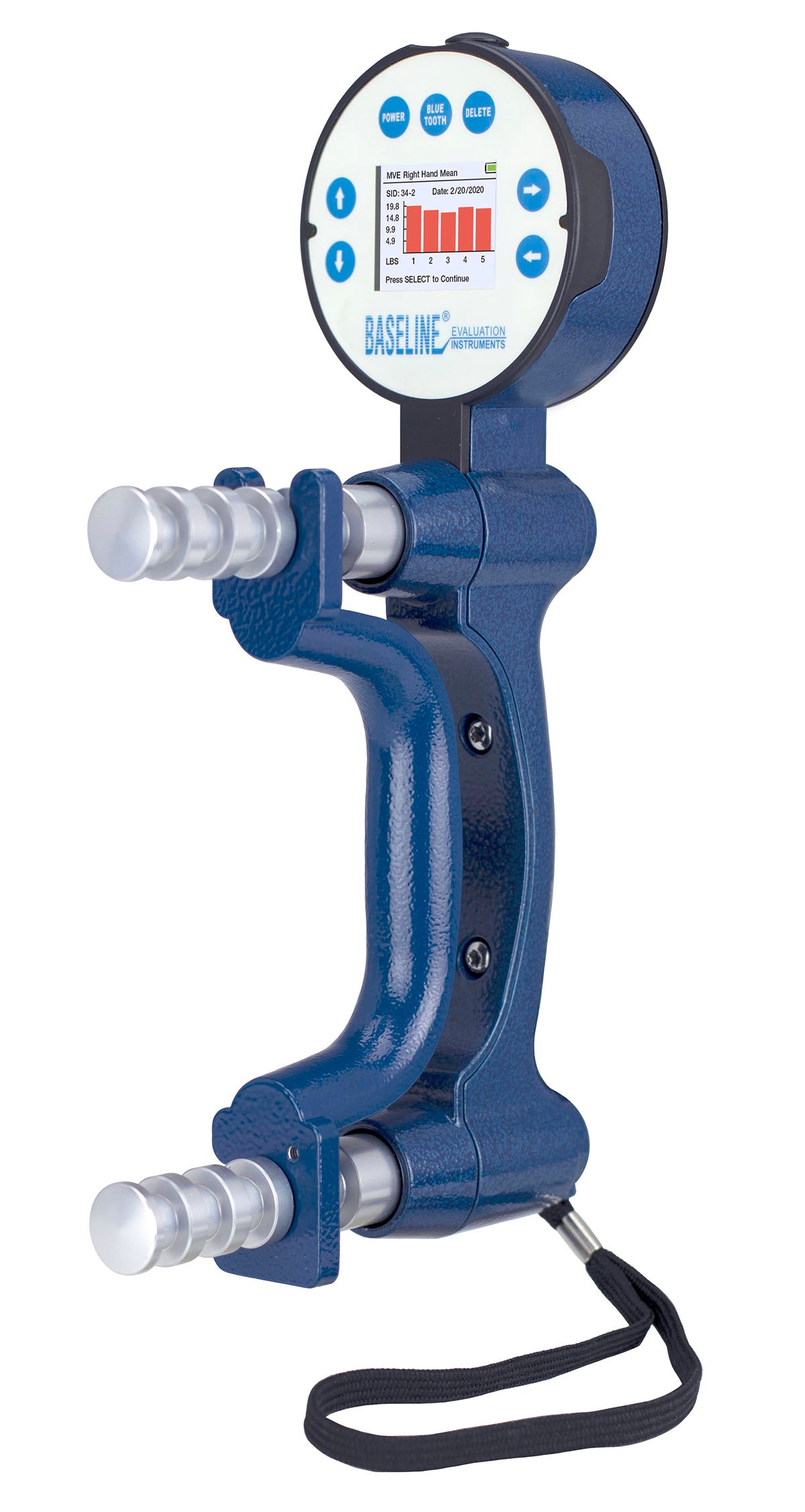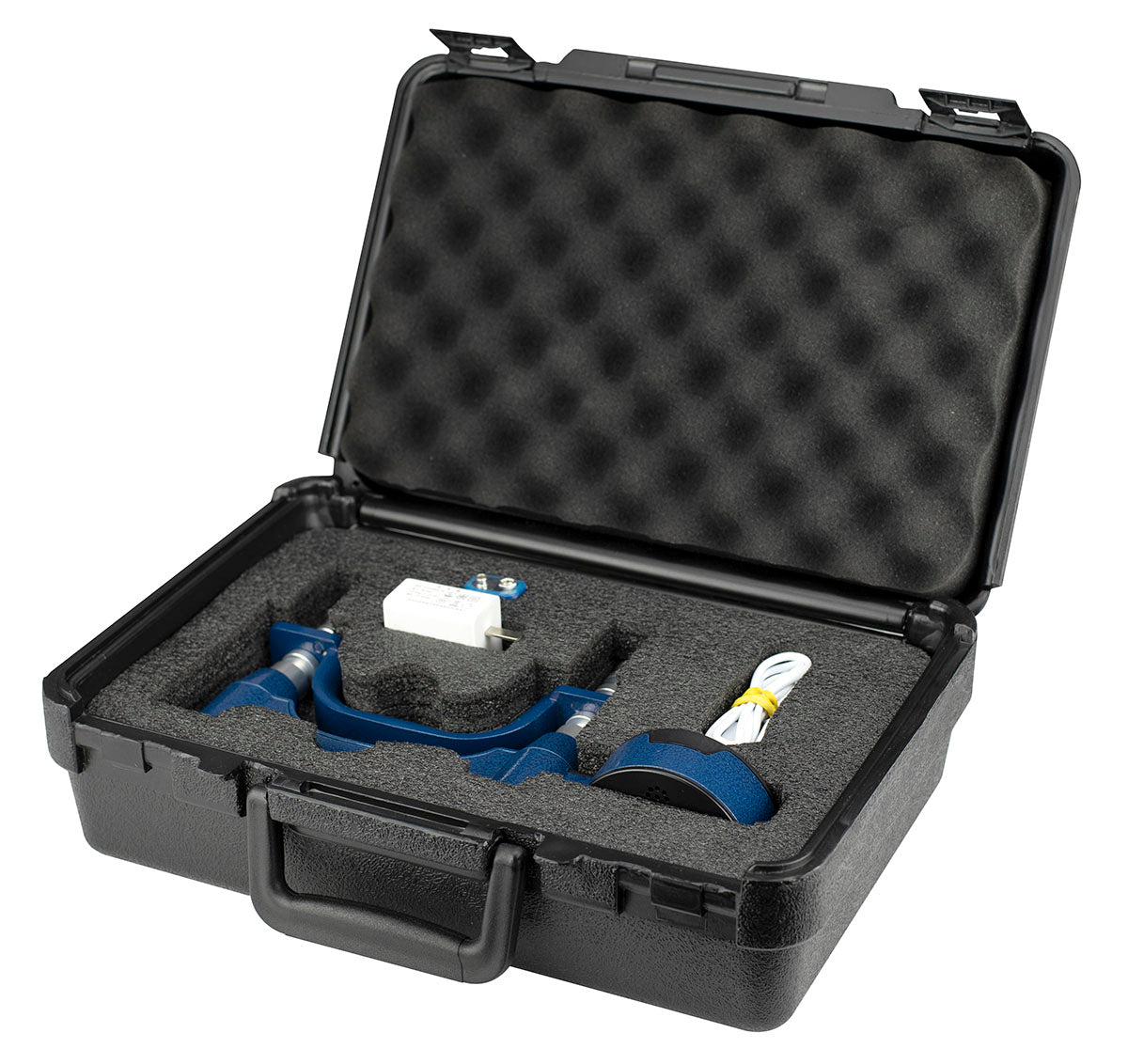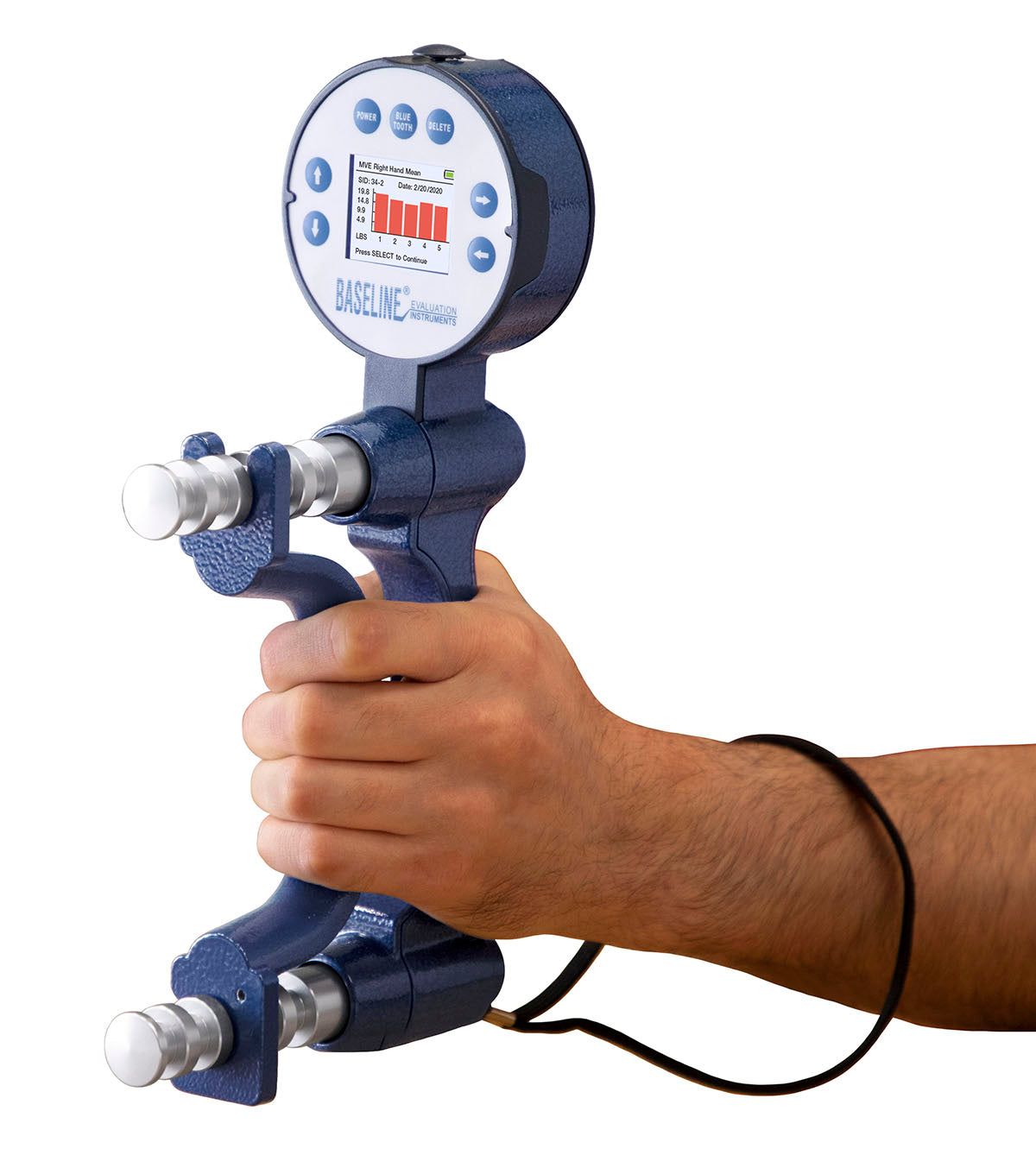
You’ll probably never see me as a PT write an article telling you “three easy ways to fix your _____.” Sure, there are some relatively common quick fixes that can be made and things that can be implemented based on common patterns we fall into, but even the same patterns manifest for different reasons in individual athletes. For the most part, rehab should be entirely individualized. Moreover, corrections aren’t all that easy when you do them right. They can take very intentional cues, thought processes, and an eye that you may or may not have. Until I watch and take part in dialogue at length, I don’t know why your squat, bench, pull, or overhead work is painful or dysfunctional. I’m not going to touch it until I see and we talk.
RELATED: Rehab and Training: Forward-Thinking Prevention, Retrospective-Thinking Treatment
Any great athlete is going to tell you their rationale for training the way they do. They don’t arbitrarily implement and “hope for the best,” unless they’re experimenting with things, maybe in an offseason. I think with the accessibility of so many different resources for rehab now, there is almost more confusion and chaos than clarity in terms of what works and what doesn’t. We see our friends, training partners, or fitness professionals making videos and telling us what to do, and we try it, with some limited success and think “well, it’s a little better. I’ll just call it good.” I’m not saying the availability of information on social media is a bad thing — I think it’s fantastic, but we need to figure out how to make it more effective for ourselves and our training partners. Maybe you’re one of the lucky ones who was able to rehab your injury just off of Instagram drills. If so, you’re one of the few. Training can be rehab, and rehab can be training when the two meet in a way that addresses the “why” an injury or breakdown happens to begin with from both a forward-thinking and retrospective-thinking mindset. I wrote about it in a previous article. I think the problem with where we are in our ability to implement sport-specific training with the influx of available information is that we are almost out-pacing our ability to comprehend and understand what the rationale is for certain correctives and determining when they are appropriate; content is being produced faster than we can actually evaluate the effectiveness of methodology, and we jump from camp to camp just like some do with training programs without fully understanding the intent behind what we’re doing. We see so much new content put out and are desperate for ways to stay healthy and fervent in that pursuit that we don’t often stop and think about why or when certain correctives, drills, or techniques actually address what’s causing our limitation. hat, to me, feels like chaos. Let’s give a little order and calm there. Step back for a moment. Often, we don’t actually stop and think about our primary limitation; we think about where we “feel” is our breaking point. And don’t misunderstand — it’s worth noting, and needs to be managed on a local level.

But, your injuries (the local site) are often times the result of something else in the chain of events that happen in our sport breaking down. The biggest problem I see with the un-tailored approach to rehab (e.g. the everything but the kitchen sink approach) is that each athlete’s injury or overuse happens for a reason. That is the why, and that is what you need to address while managing symptoms locally. I wrote in a previous article regarding addressing asymmetries that ultimately, whether we’re in pain or not, often times we’ll sense a difference in one side from another. Let's approach this from a perspective of pain, but acknowledge that even if you aren’t in pain, dysfunction can (and often will) lead to it. I hate pinning pain on anyone but for simplicity and length, hang with me. My goal is to give you control over your pain so you don’t have to spend so much time chasing it in the future.
RECENT: Dominance in Movement: Controlling the Dimmer Switch
Previously, I wrote that a number of factors can lead to dysfunction, and that one way to approach correction and getting to the root of the why is by starting to peel back layers of the onion, one at a time. Keep asking questions. Often times asking one more question might take you down a road that sheds a lot of light on why your body is responding the way it is. These are a few starting points I mentioned in a past article: “What does the motion look like on one side versus the other? Where do you feel muscle work as you complete the exercise? What is occurring at the joints above and below the site of pain or asymmetry? Does it occur during unilateral movements, or is it more an integration issue when both sides are under load? What if you remove the load? Is there pain or weakness at one particular point in the range of motion? Take that a step further — if you have someone move a limb for you, completely passive, does it change anything? Does the pain or dysfunction occur with changes in the speed of motion? Bear in mind this may be something as simple as 'one side is just weak or underdeveloped.' Often times in what we do with powerlifting, addressing that alone can help fix things.” So there are a whole lot of places we can look at in terms of the root of the issue. There are a few that I see more commonly than others, and I recently did a re-vamp of my own rehab following these principles and those I’ve outlined in previous articles, and can even feed into each other to perpetuate certain patterns of dysfunction.

When I look at an athlete, injuries I see will generally be the result of one of the following:
- The dialed up dimmer switch for a chain of muscles (read this as overdevelopment and excessive preference) and subsequent underdevelopment of opposing chains.
- Poor positioning (for me, this was a pelvic/hip position that resulted in asymmetry and poor utilization of key stabilizers in my squat).
- Mobility throughout a different region of the body. Broaden your definition of mobility from myofascial to multifactorial; mobility can be a restriction in the joint itself (surfaces aren’t gliding well), supporting soft tissue (capsular, for example), or due to muscular tightness. Your mobility work isn’t doing much for you (other than potentially creating excessive instability) if you’re spending time working on muscular length and stretching like mad instead of addressing capsular or joint restrictions, or by looking further up or down the chain of movement.
MORE: Training Heavy with Chronic Pain
Again, great news. f this doesn’t work, you can re-assess your why and go back to the drawing board. If the why sticks, adjust the how. I’ve come up with a short and sweet list of regions that I see contribute to pain:
- Elbow/wrist pain: thoracic mobility
- Adductor strain: poor pelvic position.
- Difficulty bracing: rib/thoracic mobility, excessive lumbar lordosis.
- Knee pain: over-preferenced quads, check your pelvic tilt and lumbar position.
- Shoulder pain: scapulothoracic and thoracic mobility.
- Bicep pain: positional influences of the shoulder blade on the ribs, poor firing patterns of the serratus and lower trap.
- Low back pain: glutes, abdominals






















